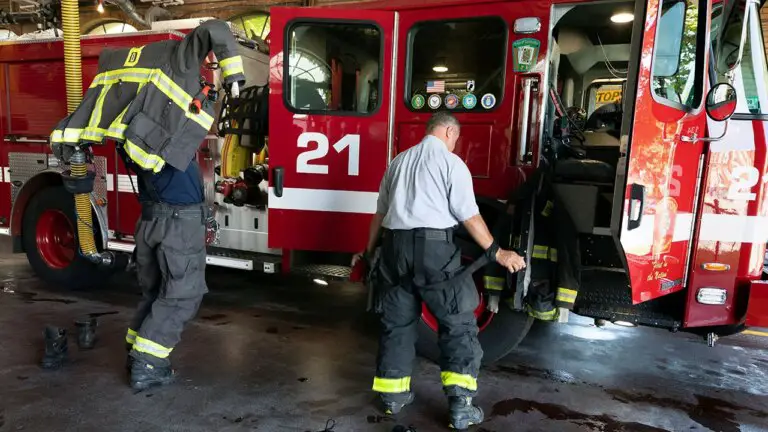Firefighters Concerned About Cancer Risk from Gear
Cancer rates, particularly testicular and mesothelioma, are rising in the firefighting industry. Some had previously suspected that exposure to carcinogens from fires was responsible for the increase in cancer cases among firefighters. However, recent revelations about the presence of PFAS, often referred to as “forever chemicals,” in firefighting gear have raised concerns that their protective equipment may be making them sick.
Boston firefighter Daniel Ranahan was shocked when doctors discovered a large tumor in his chest at the age of 30, less than a decade into his career. He soon learned that the gear he and many others wore contained the toxic industrial compound PFAS. Ranahan, like thousands of firefighters across the nation, sued PFAS manufacturers and gear companies seeking damages for their exposure.
“We put this gear on every day to protect neighborhoods and wherever we work,” Ranahan remarked.
The multi-layered coats and pants worn by firefighters have become the latest battleground over PFAS, which is found in various products and linked to health problems, including cancer. Cancer has now become the leading cause of firefighter deaths, with 66% of firefighter deaths between 2002 and 2019 attributed to it, according to the International Association of Fire Fighters (IAFF). Firefighters face a higher risk of several types of cancer, including testicular cancer and mesothelioma, compared to the general population.
Despite being exposed to numerous carcinogens from fires, firefighters are increasingly convinced that their daily use of personal protective equipment (PPE) is a major source of exposure to PFAS.
IAFF General President Edward Kelly stated, “As more scientific data became available, it became obvious that our greatest exposure to carcinogens is our daily donning and doffing of PPE bunker gear.”
Some companies, like 3M Co., have said their products meet safety standards for first responders. Others, like W. L. Gore & Associates, have argued that their firefighting products are not the cause of firefighter cancers.
The revelation of PFAS in firefighting gear led to a campaign by firefighters to find safer alternatives and hold companies accountable. Lawsuits on behalf of firefighters argue that they were exposed to significant PFAS levels, and companies knew about the risks but misrepresented their products as safe.
Efforts are underway in several states to require companies to disclose PFAS in their gear or to provide funds for PFAS-free alternatives. However, replacing gear is costly, and finding suitable alternatives has proven challenging.
While the situation is complex, firefighters are determined to reduce their risk of exposure to PFAS. Many are pushing for safer alternatives, but the path forward remains uncertain for now.

